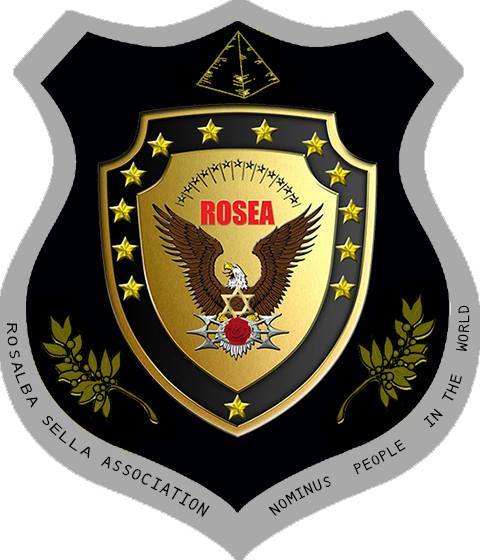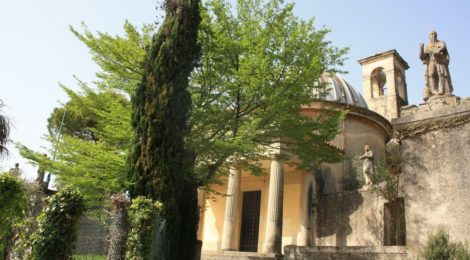
ROSEA = DISCOVER OUR EARTH: THE CHURCH OF SAN ROCCO IN CENEDA (TV) ITALY = ROSALBA SADDLE
ROSEA = DISCOVER OUR EARTH: THE CHURCH OF SAN ROCCO IN CENEDA (TV) ITALY = ROSALBA SADDLE
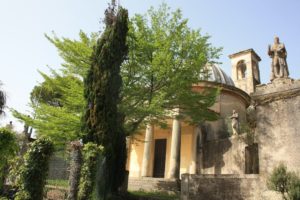
Today, together with our historic "Virgilio", as well as he, wanting to find out “unknown lands” we went to a secret place, mysterious, invaluable.
Before starting our journey we want to give you a brief introduction about the location of Ceneda (TV) Italy and its history.
In 1866, when the Veneto was annexed to the Kingdom of Italy, the City of Ceneda to Serravalle joined and took the name of Victor, in honor of King Vittorio Emanuele II.
57 years after, the 22 July 1923, Vittorio Vittorio Veneto and became a city united in effect, and it is located at the foot of the trevigiane Prealpi and lapped by the river Meschio, while in the past the two towns, were clearly distinct.
The first documents concerning Ceneda are attributed to the historian Agathias (Fourth century A.D.) who appointed the first ancient Keneta, whose etymology suggests a derivation of Celtic origin (Kènet).
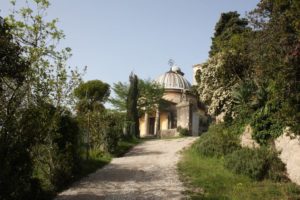
In Roman times Ceneda was entrenched field of support for the Serravalle Castrum for the defense of Opitergium, (Oderzo). After the destruction of Oderzo, Ceneda became bishop city and, with the arrival of the Lombards, It became the capital of a duchy that included a territory that stretched from the Piave to the Tagliamento. In 962, Emperor Otto I also conceded the temporal jurisdiction of the bishop of Ceneda,Siccardo. Until the 1700 the power of the city was ruled by the Bishops-Counts and Ceneda managed to maintain its independence from the Serenissima. In 1768, a Venetian Decree, the bishops took the temporal and jurisdictional power, leaving only the spiritual power.
From Piazza John Paul I, the beautiful square of Ceneda framed by the cathedral and several museums,, skirting the Villa Comunale and the Papadopoli Park you reach the top of the San Rocco hill and the church of San Rocco.
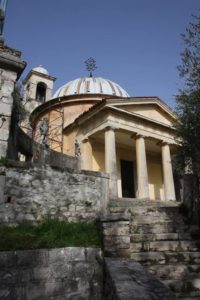
In the past, on the hill, It stood a fortress to defend the fortress Ceneda: ii Fort St. band, destroyed by the Hungarians in the early 1400.
A first small church dedicated to San Rocco was built in the late fifteenth century, built on the existing ruins of the oratory in honor of the prophet Elisha. The temple was erected by Nestor Lioni, Knight of French origin and benefactor of the Church, in honor of St. Rocco of Montpellier, protector of plague.
From 1400, the hill became known as Colle San Rocco consequently the great popular devotion. When in 1630 the plague befell Friends, all the inhabitants made a vow to go every year in procession to St. Rocco if the plague had not made victims. Miraculously, the city was almost completely unharmed and the Cenedesi kept their vow to, raising San Rocco a patron of the city together with San Tiziano.
The present church is the work of Monsignor Filippo Artico that in 1824 He asked the Municipality to build on the hill a refuge for orphans and neoclassical church.
The San Rocco building, Classic-style Doric, It has a central plan and is surmounted by a dome and by two symmetrical towers. He was subsequently adorned with 10 statues including Santa Augusta and Santa Barbara.
In 1895 the hill of San Rocco and all his possessions were bought by Count Luigi Moretti Sormani, Senator of the Kingdom of Italy, who erected in the underground crypt for his daughter Camilla and restored the whole complex.
The father did not want to remove the remains of his daughter from kindergarten villa and Ceneda. Camilla's mother was the Countess Teresa Costantini Lazzari, whose family lived in the villa Costantini, then purchased known as Villa Papadopoli. there was an opening, Today walled leading from the house to the church and was used by parents to put flowers on the grave of his daughter, passing from the park where she played.
From the time of Sormani San Rocco has always remained private property.
The current owners, Bezzo the family, They are the protectors of this priceless historical treasure over the years and have taken good care by acting privately claiming expenses for general maintenance as for the repair of cracks, infiltration of the roof and commissioning of the internal security.
Please note that despite the loving attention given to this beautiful and historic church that has given so much to the local population, which it is currently available to all citizens, It needs a broader and more onerous intervention of restructuring.

With this article we want to sensitize the hearts and consciences, knowing that if you do not save our roots represented by historic places of worship and popular memory, nothing will remain to bear witness to our national identity
REPORTER FREELANCE ROSEA Carla Zandonà

ROSEA – HOME – ROSY NEWS PRESS WORLD – CLICK HERE
ROSY FOR AFRICA SITE – CLICK HERE
ROSEA – WHAT ROSEA – CLICK HERE
ROSEA – PROGETTO CULTURA – CLICK HERE
ROSEA – ROSY – HUMAN SURVIVAL PROJECT – CLICK HERE

Rosalba Saddle




